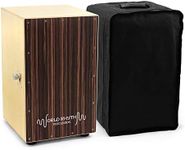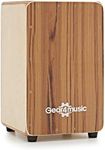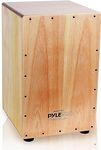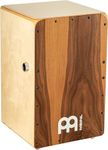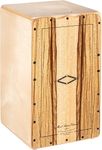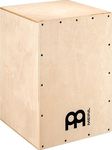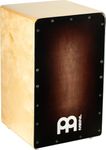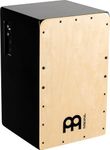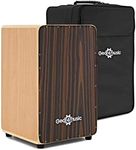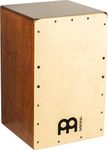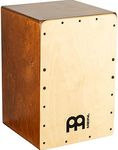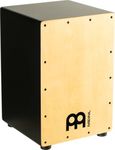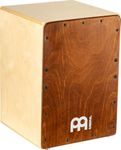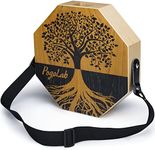Buying Guide for the Best Cajons
Choosing the right cajon can significantly enhance your musical experience, whether you're a beginner or a seasoned percussionist. A cajon is a box-shaped percussion instrument that you sit on and play by striking its surfaces. The sound it produces can vary greatly depending on its construction and features. To find the best cajon for you, consider the following key specifications and how they align with your musical needs and preferences.MaterialThe material of a cajon affects its sound quality and durability. Common materials include plywood, hardwood, and composite materials. Plywood cajons are generally more affordable and produce a balanced sound, making them suitable for beginners. Hardwood cajons offer richer tones and greater resonance, ideal for more advanced players seeking a professional sound. Composite materials can provide unique tonal qualities and increased durability, suitable for various playing environments. Choose a material based on your desired sound and playing context.
SizeCajons come in various sizes, which can influence both the sound and comfort of playing. Standard-sized cajons are versatile and produce a full range of tones, making them suitable for most players. Smaller cajons, often referred to as mini cajons, are more portable and can be easier to handle for younger players or those with limited space. Larger cajons can offer deeper bass tones and more volume, ideal for performances in larger venues. Consider your physical comfort and the type of music you play when selecting the size.
Snare SystemThe snare system in a cajon adds a distinctive 'snap' or 'crack' to the sound, similar to a snare drum. Some cajons have adjustable snare systems, allowing you to customize the amount of snare sound. Fixed snare systems provide a consistent sound but less flexibility. No-snare cajons produce a more traditional, bass-heavy tone. If you play genres like flamenco or pop, a cajon with a snare system might be preferable. For traditional or folk music, a no-snare cajon could be a better fit.
PortabilityPortability is an important factor if you plan to transport your cajon frequently. Lightweight cajons are easier to carry and often come with handles or straps for convenience. However, lighter cajons may compromise on sound quality and durability. Heavier cajons, while more challenging to transport, can offer better sound and build quality. If you need a cajon for gigs or travel, prioritize portability features. If your cajon will mostly stay in one place, you can focus more on sound and build quality.
AdjustabilitySome cajons offer adjustable features, such as tunable snare systems or adjustable front plates. These features allow you to fine-tune the sound to your preference. Tunable snare systems let you control the tension and responsiveness of the snares, while adjustable front plates can modify the tone and resonance. If you enjoy experimenting with different sounds or need versatility for various music styles, look for a cajon with adjustable features. If you prefer a straightforward playing experience, a non-adjustable cajon might be more suitable.
